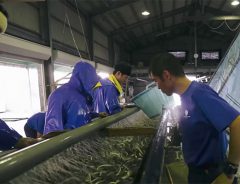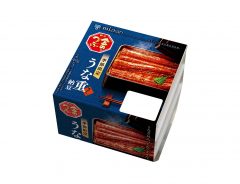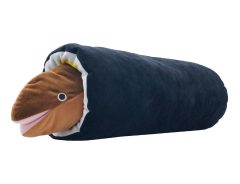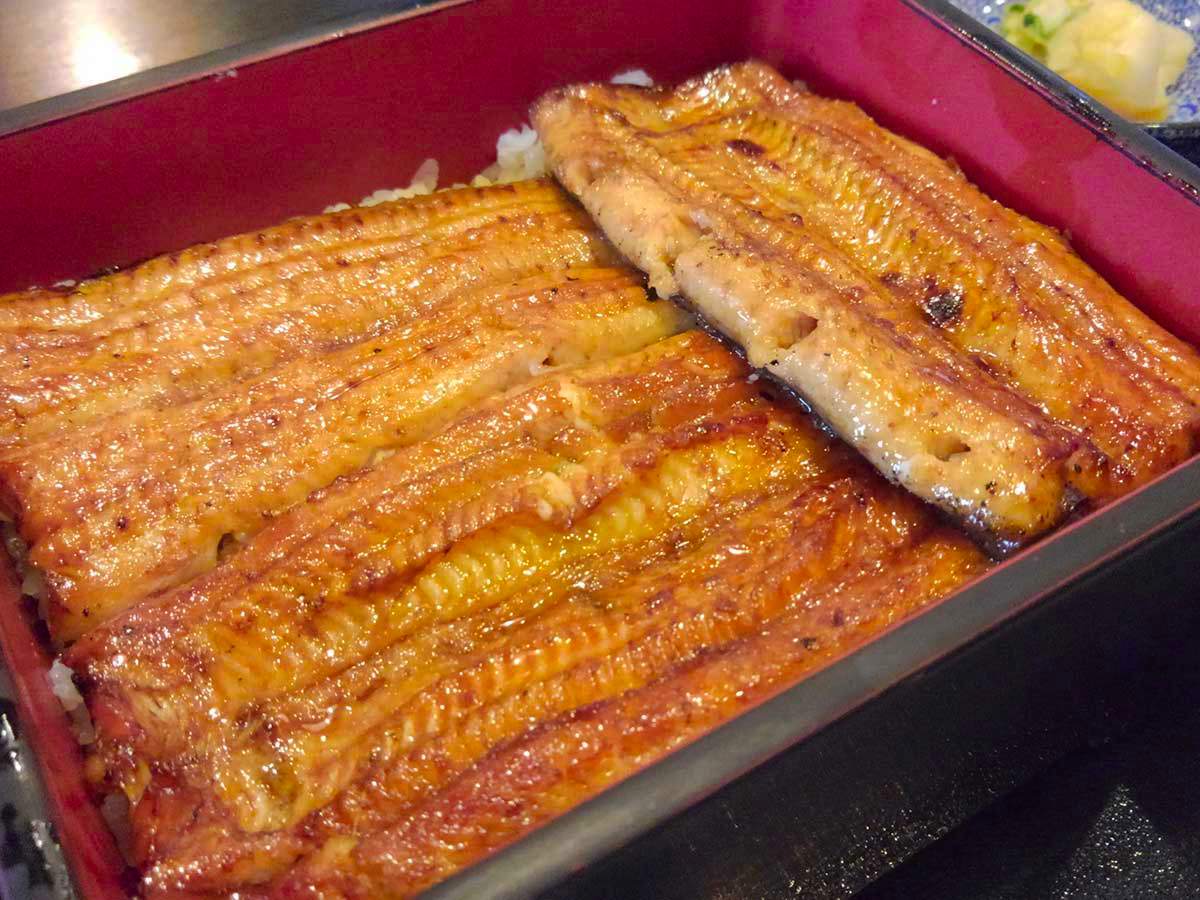Related Article
-

eggslut serves whole eel on giant gourmet unagi egg sandwiches in Japan
-

Fascinating Look At How Japanese “Eel Masters” Work 24/7 To Make The Perfect Unagi[PR]
-

Get a 2-for-1 eel meal deal at grilled eel rice bowl chain Meidai Unatoto opening in Akihabara
-

Everyone’s favorite sticky beans gets fancy as Japan releases unagi-flavored natto
-

Super long eel sushi roll plushie is your new good luck cuddle buddy
-

Japanese Twitter user’s unreal encounter on city streets shows the freshness of quality seafood



Explaining to those who are new to Japanese cuisine, that grilled eel is one of the country’s best dishes often ends with shock, confusion and horror flashing across their fresh faces. So little is it known that eel comes in forms other than cold and jellified in a tin can, that people often turn their noses up at Japan’s unique and incredibly tasty unagi and anago dishes. Yet those of us who are brave enough to test the waters discover a whole new world of flavour, and cravings that no kaiten-zushi restaurant can suppress.
Whilst it is easy to tell the difference when it comes down to taste and texture, it is actually pretty hard to differentiate the two types of eel just by looks. Following is our attempt to explain the differences between unagi and anago by their appearance, nutrition content and flavour.
First off, what’s in a name?
Simply put, unagi is freshwater eel, whilst anago is saltwater eel. When eaten anago usually refers to the whitespotted conger eel, which can be found widely spread across the Northwest Pacific. Unagi, on the other hand, is found in Japan’s river system, and due to a decrease in numbers, is more often than not raised in aquaculture ponds across the country.
Unagi (Freshwater Japanese Eel)
Unagi, or freshwater Japanese eels are generally black with a yellowish white abdomen. It also features a rounded tail fin, which differs from that of the anago.
Although unagi is known as a ‘freshwater fish’, it is actually better described as a migratory fish, as it actually begins its natural life in the sea. After spawning and hatching in the saltwater, the young fish make their way to freshwater through Japan’s river system.
Unagi is grilled in a sweet soy sauce and is often accompanied by a bowl of rice. Known as kabayaki, the dish is believed to help increase stamina, and is commonly eaten during the summer. There is even a special day for Kabayaki to be eaten; the Midsummer Day of the Ox (doyō-no ushi-no-hi).
Although it is customary to eat unagi during the hot Japanese summer, some suggest that the fish actually tastes its best during the winter season.
Anago (Saltwater Conger Eel)
Unlike unagi, anago appears light brown all over and is decorated with stripes of small white dots. The conger eel also has a sharper tail fin than that of the freshwater eel.
Anago are born in saltwater, and spend their whole life in the sea. They can usually be found inhabiting the murky sandy bottom of shallow waters.
Although you can eat anago throughout the year the best catch is agreed by most to be during the summer.
Differences in Taste
Although the two fish are easy to confuse by looks, when it comes to flavour, they are completely different.
Unagi is known as a greasy fish full of rich flavour, and goes well with sauces (i.e kabayaki). The eel can also be enjoyed without the traditional kabayaki soy sauce, and when enjoyed without the sauce is known as shiroyaki. Shiroyaki is a popular snack that goes well with sake.
Whilst unagi is seen as a fatty fish, anago is known as a light and ‘sophisticated’ dish. Deep fried Anago is a standard menu item for tempura restaurants.
Nutritional Value
So now you know where unagi and anago come from and how you can enjoy them, now you’re probably wondering, ‘ok, but which is better?’.
Whilst both types of eel taste delicious, there are some differences in nutritional value between the two.
When comparing 100g of each fish, you will discover that unagi has 4 times the amount of vitamin A than that found in anago. Vitamin A is great for maintaining the health of our skin, mucous membranes and our eyes. Additionally, unagi has a higher content of Vitamin B, which is necessary for maintaining our general health and well-being. Both contain high amounts of DHA and EPA, which are helpful for lowering cholesterol.
When it comes down to calories, unagi contains 255kcal per 100g, whilst anago has only 151kcal.
Despite the lower calorie count, anago appears to lose to unagi in terms of nutrients. Because of this, it can be hard to choose a side, and we suggest you don’t. Instead, tuck in and enjoy both fishes – we know you won’t regret it!